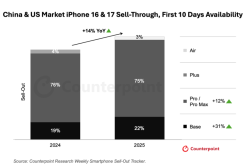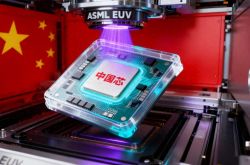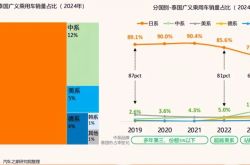Impact of Traffic Signals on Autonomous Vehicles at Intersections
![]() 08/28 2025
08/28 2025
![]() 477
477
When autonomous vehicles navigate urban roads, they encounter various types of intersections, each posing distinct challenges to their perception, decision-making, and control systems. Signalized intersections (those with traffic lights) and unsignalized intersections differ significantly in their operational strategies for autonomous driving systems. While human drivers can adeptly handle intersections regardless of signals, autonomous vehicles must adapt their decision-making processes based on the presence or absence of traffic lights.
In the perception and environment modeling phase, the input data for signalized and unsignalized intersections differs markedly. Signalized intersections rely on traffic lights with fixed physical attributes (color, shape, position) and predictable switching cycles. Autonomous vehicles utilize camera and LiDAR-based detection algorithms to recognize traffic light status in real-time, confirmed by pre-mapped light positions. In contrast, unsignalized intersections lack unified signals, requiring vehicles to dynamically detect other participants and understand intersection geometry and road priority rules. The perception system must identify surrounding objects' movements and intentions, such as deceleration or turning signals, to infer passage intentions and priorities.
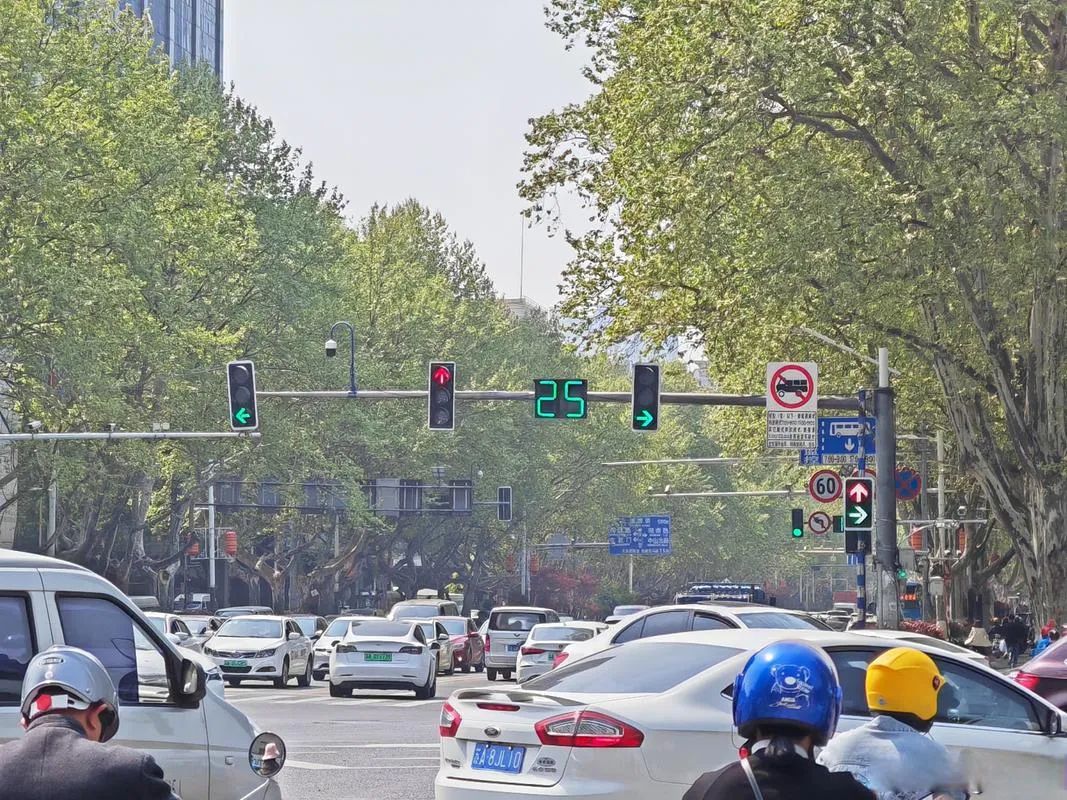
In state assessment and risk judgment, signalized intersections provide a structured "pass permission" for autonomous vehicles. During green light cycles, vehicles can proceed if safety distances and speeds are maintained; during red or yellow lights, they must stop or slow down. To handle unexpected changes, autonomous systems integrate predictive yellow light compensation and fault detection modules. If a light malfunctions, the system defaults to treating the intersection as unsignalized, adopting a more conservative strategy.
At unsignalized intersections, the key lies in executing "right-of-way" rules and inferring other participants' intentions. Autonomous systems use high-precision maps and real-time traffic data to calculate priorities. Due to potential blind spots, multi-sensor fusion (LiDAR, millimeter-wave radar, cameras) is essential to cover all directions. Autonomous vehicles may need to pre-reduce speed or stop for pedestrians or vehicles in blind spots.
At the decision-making and path planning level, signalized intersections offer clear passage windows due to signal phases. The path planning system generates smooth acceleration and deceleration curves. In unsignalized environments, the system continuously assesses approaching vehicles' speeds and accelerations, weighing the trade-offs between yielding and passing. Commonly, this is modeled as a game process, with optimal strategies inferred through game theory. The system balances safety margins and efficiency, favoring conservative strategies in high uncertainty.
In terms of speed control, signalized intersections require periodic stops and starts, challenging vehicle dynamics and energy management. Autonomous systems control acceleration and deceleration within signal cycles, minimizing power waste and ensuring comfort. For synchronized fleet passage, vehicles communicate via onboard channels or FCC modules to coordinate queue decisions, optimizing speed curves and avoiding collisions.
In unsignalized scenarios, vehicles prepare to stop, yield, or maneuver through small gaps. Due to uneven traffic flow and varying priority rules, a "exploration-confirmation-execution" control process is adopted. High-frequency detection and prediction are followed by dynamic decision-making and execution of path and speed commands. If risk levels exceed thresholds, extremely conservative stopping strategies are triggered.
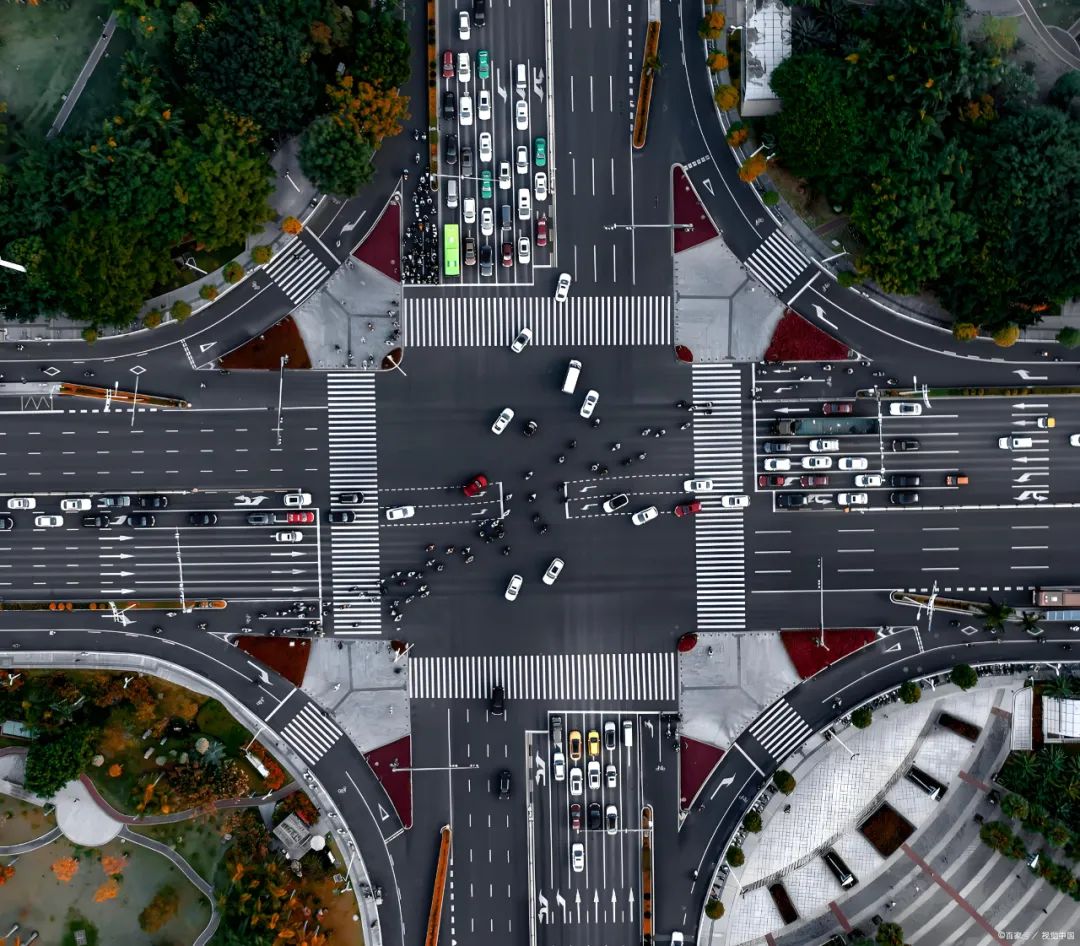
Regarding extreme scenarios and fault handling, system robustness requirements differ between signalized and unsignalized intersections. Signalized intersections demand high accuracy in traffic light detection, communication, and map data. Fault detection and adaptive fail-safe strategies ensure vehicles switch to unsignalized strategies when signals are unreliable. Conversely, in unsignalized intersections, deviations in maps and positioning systems are mitigated through short-term data redundancy and online map correction.
In summary, signalized and unsignalized intersections present distinct environments for autonomous vehicles, representing structured and semi-structured traffic scenarios. The former relies on predictable signals, V2I communication, and high-precision maps; the latter uses multi-sensor fusion, game-theoretic decision-making, and V2V coordination. As technology evolves, these strategies will converge, enabling autonomous vehicles to leverage intelligent signals at signalized intersections and switch to "social driving" mode at unsignalized ones, collaborating with human drivers for a safer, smoother road ecosystem.
-- END --


